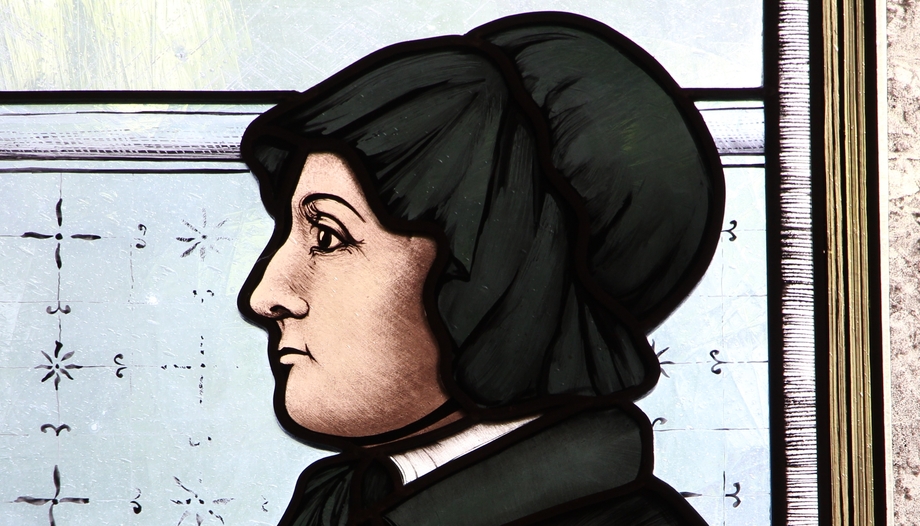In 1774, the Charlton family lived in New York. That Episcopalian household, where there was no economic hardship, suffered a hard blow in 1777: the mother died during childbirth, followed shortly after by the death of one of the younger members of the family.
Elizabeth Ann Bailey Charlton lived through these events when she was only three years old. The girl's father remarried another woman of strong Christian convictions, who taught Elizabeth from an early age to care for the vulnerable.
Stability did not last long in the Charlton household and the couple separated after having five children. The father left for England and the stepmother refused to take Elizabeth in. Together with her sister, the young girl went to live with her uncle and during this time she recorded her strong spiritual concerns in a diary.
Marriage and birth of children
While staying with her aunt and uncle, Elizabeth met William Magee Seton. At the age of nineteen she married him at a wedding celebrated by the first Episcopalian bishop of New York. Together they had five children and, at first, lived comfortably. However, her husband's business went bankrupt over the years and they decided to take a trip to Italy in search of new opportunities.
The move killed William, who contracted tuberculosis during the journey. Widowed before her thirtieth birthday and with five children to support, Elizabeth sought help in the home of her husband's partner, Felipe Felicchi.
Conversion to Catholicism
The Italian home of Felicchi and his wife was deeply Catholic. They welcomed the Setons and there Elizabeth came to Catholicism. In fact, when she returned to New York she asked to be baptized, after spending hours praying before the Blessed Sacrament in a New York City parish.
Elizabeth Seton's conversion was a courageous step that took its toll on her. As a means of subsistence she had opened a school in New York. However, when it became known that she had embraced the Catholic faith, many friends and family members turned their backs on her. The parents of her students gradually removed the girls from the school and Seton found herself on the edge.
While trying to find a solution, she met a French priest who offered her a position in Baltimore as the founder of a Catholic school for girls. Elizabeth accepted the position and moved with her daughters.
Last stage of his life
A year after arriving in the new city, in 1809, Seton took private vows and founded the religious community of the Sisters of Charity of St. Joseph, dedicated to the education of destitute girls.
When Elizabeth Seton died on January 4, 1821, those who knew her said that she had always been a very pleasant woman, with great devotion to the Virgin Mary and the Eucharist. In spite of the difficulties she encountered, she broke several records in the United States: first saint and founder of the first American congregation of religious sisters. Her merits have not only elevated her to the altars, but have also earned her a place in the "The Eucharist".National Women's Hall of Fame" in New York.









